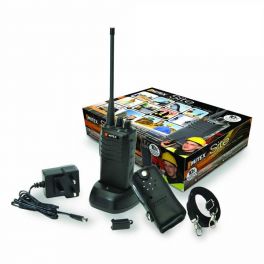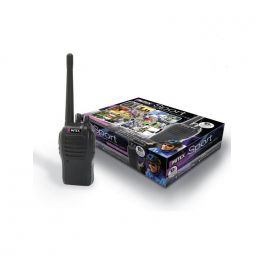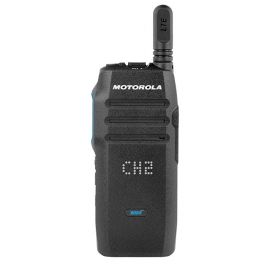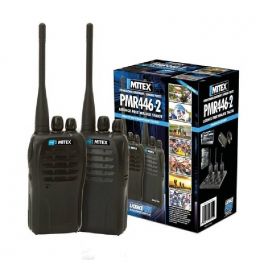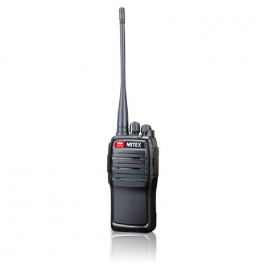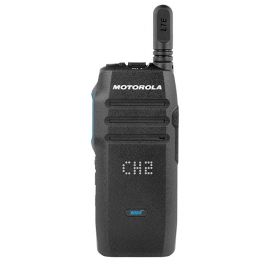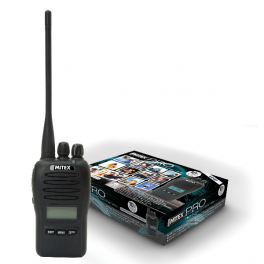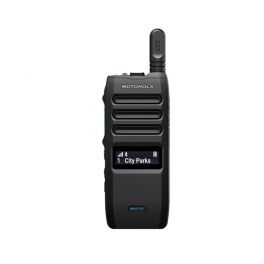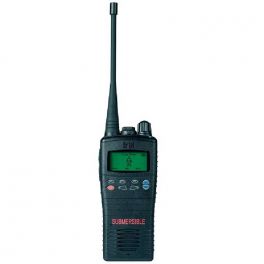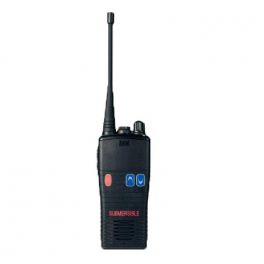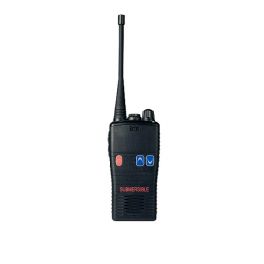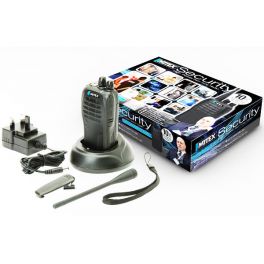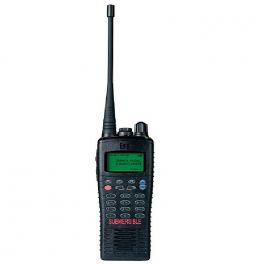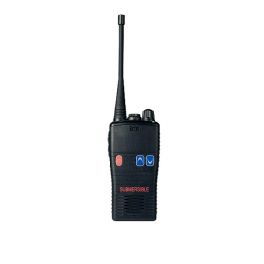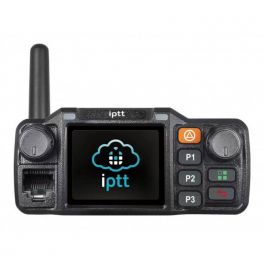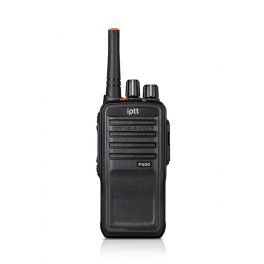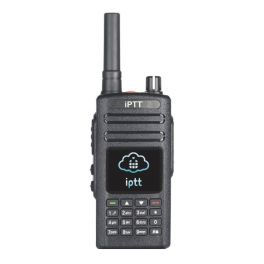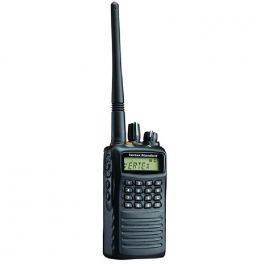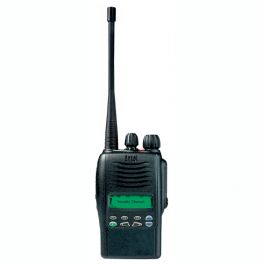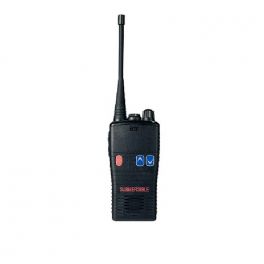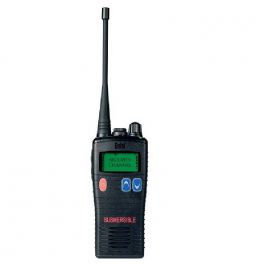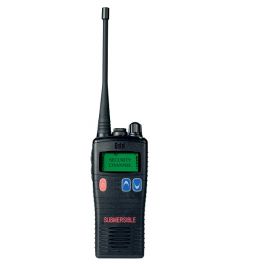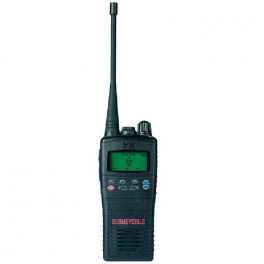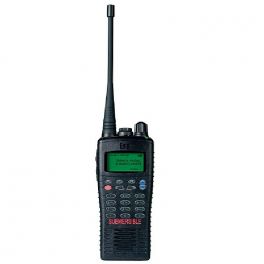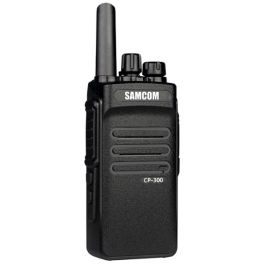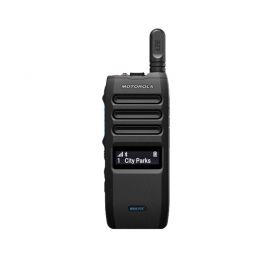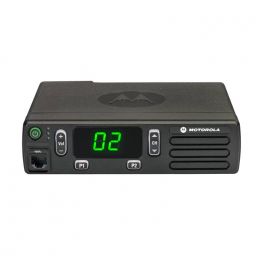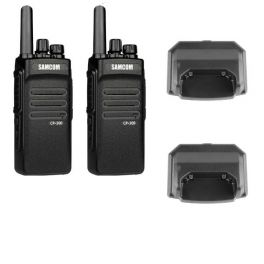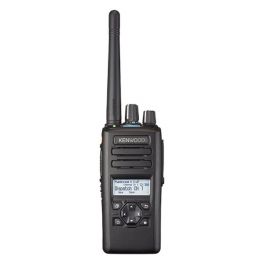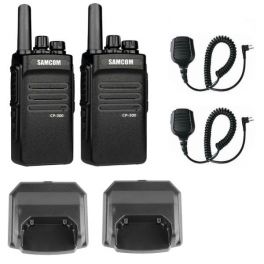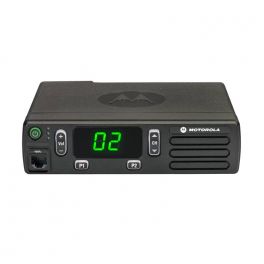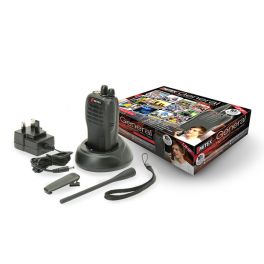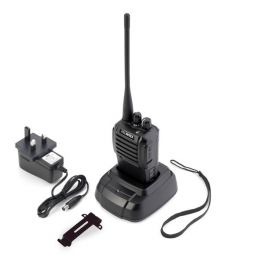
Long Range Two Way Radios
If communicating over large distances is essential for you or your business, browse our long range two-way radio product lines to find everything from water-resistant, ATEX certified or robust walkie-talkies. Models in this category are also available in VHF frequencies.
- Ref: MITSITEUKCompare
- Ref: MITSPORTSUKCompare
- Ref: MOTWAVEUKCompare
- Ref: MIT446TWINCompare
- Ref: MITGENDMRUKCompare
- Ref: MOTWAVENCCompare
- Ref: MITPROUKCompare
- Ref: MOTWAVE110NCCompare
- Ref: ENTHT725AUKCompare
- Ref: ENTHT722EUKCompare
- Ref: ENTHT782EUKCompare
- Ref: MITSECUKCompare
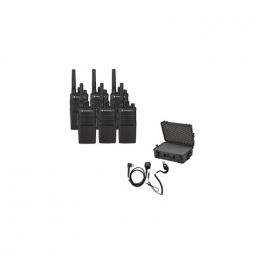
Motorola XT420 Six-Pack with PTT headsets and carrying case
IN STOCK4.6 of 107 Reviews£1,184.59£786.81 £944.18 Incl. VATRef: MOXT420MAXDRCompare- Ref: ENTHT726AKUKCompare
- Ref: ENTHT782ESUKCompare
- Ref: IPTM400UKCompare
- Ref: IPTP500UKCompare
- Ref: IPTP400UKCompare
- Ref: VEVX459UKCompare
- Ref: ENTHX425AUKCompare
- Ref: ENTHT722ESUKCompare
- Ref: ENTHT723ELUKCompare
- Ref: ENTHT783UHFUKCompare
- Ref: ENTHT785AUKCompare
- Ref: ENTHT786AKUKCompare
- Ref: IPTCP300HPUKCompare
- Ref: MOTWAVE110UKCompare
- Ref: MODM1400DIUKCompare
- Ref: IPTCP300X2Compare
- Ref: KWNX3220E2UKCompare
- Ref: IPTCP300X2MICCompare
- Ref: MODM1400ANUKCompare
- Ref: MITGENUKCompare
- Ref: MITHDUKCompare
Enjoy superior range and secure communications with long range walkie talkies!
Why opt for long range two way radios?
Licensed or long distance walkie talkies are the best walkie-talkies on the market: unlike licence-free walkie-talkies (PMR446), they allow users to communicate over a private and secure frequency. This frequency is assigned individually by OFCOM, the UK body which regulates telecommunications, as part of an annual or temporary subscription. These two way radios are specifically designed for the most demanding professions: they are more powerful and they have more advanced features than licence-free radios.
They offer the following key benefits:
• A larger range: in contrast to licence-free devices, the scope of which depends on the model in question, the range of a licensed device depends on the licence you have subscribed to. When making your OFCOM subscription, you are required to specify the area you want to cover, in order to benefit from the range you need to communicate effectively. The range depends on your licence, rather than the walkie-talkie. Using IP Connect technology, you can even communicate with other walkie-talkies hundreds of kilometres away, all across the UK, and link up to 15 remote sites.
• Secure conversations: OFCOM gives each licence holder their own private frequency, on which all of your two way radios can communicate. No one else can access or listen to your conversations, or communicate using on your channel.
• Durability that will not let you down: as your work environment may be challenging, all of our long range walkie talkies are rugged and IP-certified. They are all shock resistant, waterproof and dust proof to different degrees, depending on the model.
• Highly professional features: you can enjoy lone worker protection, patrol monitoring and intercom, as well as being able to receive live alarms and respond to telephone switchboards.
Which long distance walkie talkie should you choose?
• Analogue or digital? Largely considered as the traditional option, analogue two way radios are currently the most commonly used walkie-talkies on the market, but they are being gradually replaced by digital options. They only offer one channel and sound quality can vary, depending on distance. Conversely, digital walkie-talkies offer superior sound as sound is digitally processed, and you can enjoy an up to 20% increased range and reduced license costs. If you currently own analogue long range walkie talkies and plan to gradually shift towards using digital radios, the hybrid is perfect for you! It allows you to communicate with both analogue and digital devices.
• VHF or UHF? VHF (Very High Frequency) walkie-talkies enable communication over longer distances but tend to less easily penetrate areas when there are obstacles, such as buildings or hilly terrain. VHF walkie-talkies are therefore more effective in clear fields and on flat ground. UHF (Ultra High Frequency) walkie-talkies use shorter waves, which penetrate areas with obstacles more easily, including concrete, steel, wood, earth. However, its range is smaller.
Do you work in particularly challenging conditions? You may perhaps need a long distance walkie talkie which has been specially designed for your working conditions, such as:
• The ATEX walkie-talkie: this type of device is perfect for communicating securely in environments where explosions could occur, such as oil rigs, petrochemical plants, pipelines or processing plants. The name ATEX refers to EXplosive ATmospheres. This particular device has been specifically designed to not become a source of ignition.
• The Lone Worker Protection walkie-talkie: the key benefit of using Lone Worker Protection devices is that an employee working alone can be rescued quickly in the case of fall. When any loss of verticality is detected, an alert is instantly sent to other two way radios, accompanied by the geographical position of lone worker.
